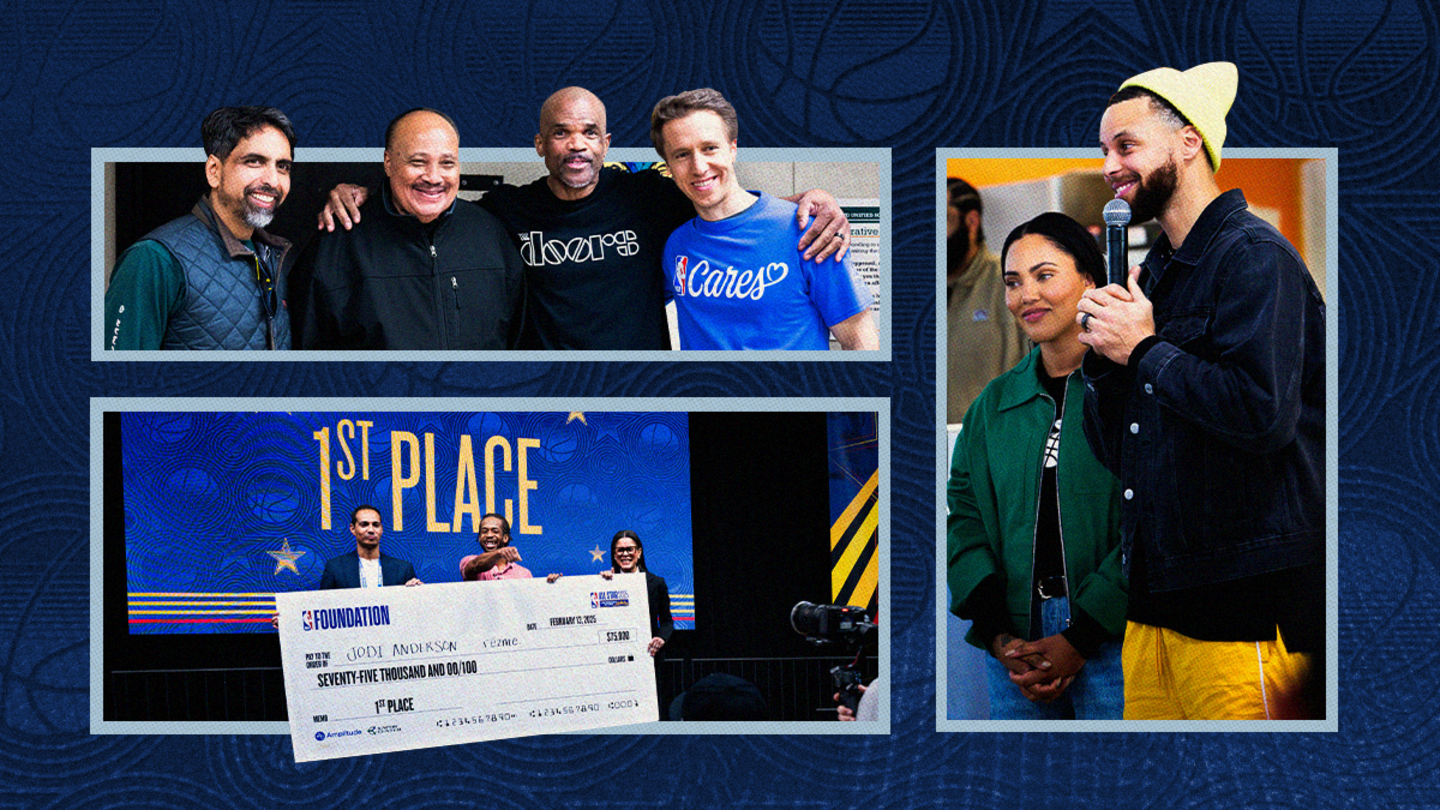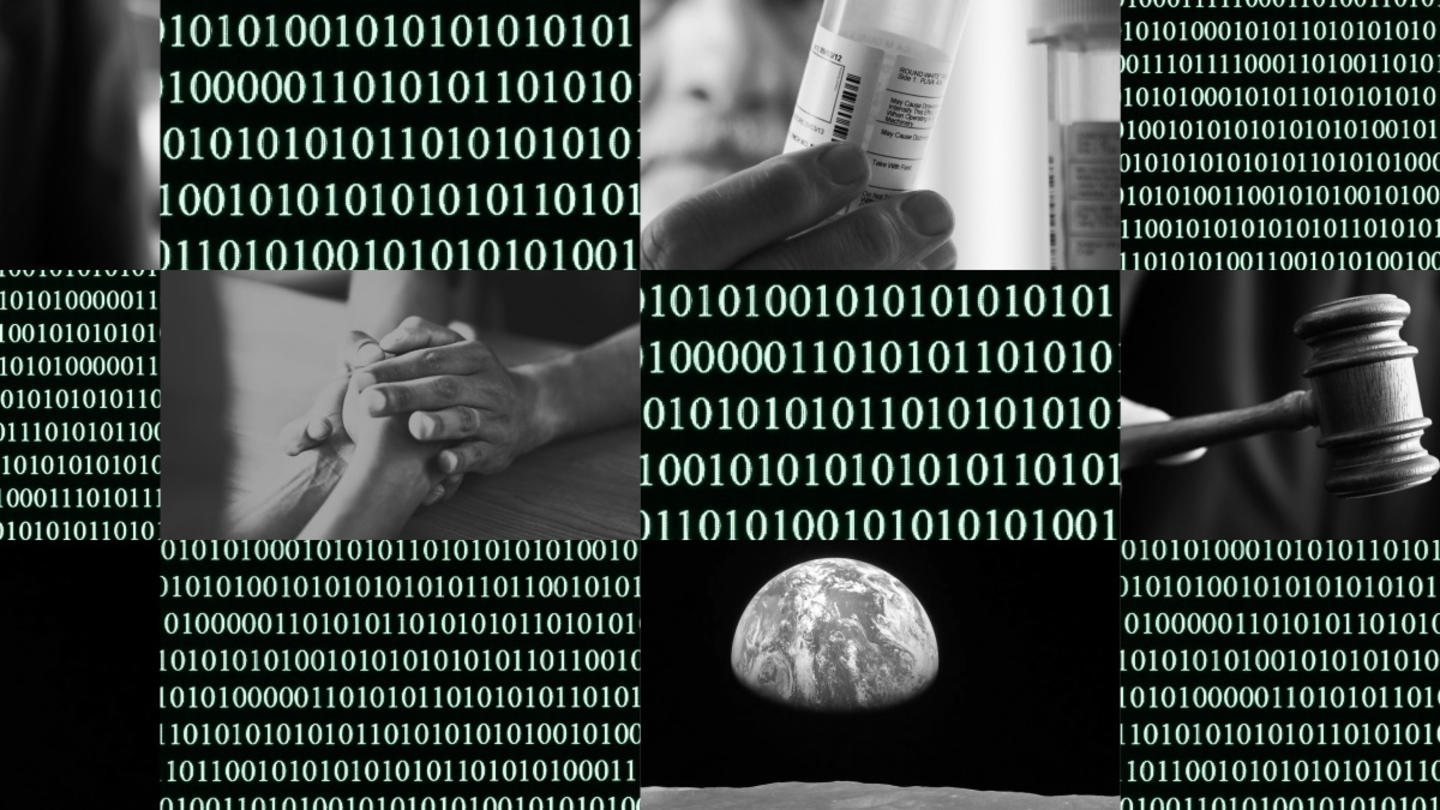This article was previously published by Stand Together Foundation.
***
Principle Based Management™ provides a holistic approach to making decisions, solving problems, and creating value for individuals in your community, team members in your organization, and society at large. It is rooted in proven principles that have fueled the ongoing success of Stand Together and our partners. In this Principle Based Management 101 series, we’re unpacking mental models, ideas, and tools that you can use to reach the next level in your work.
On the Road Lending uses the power of social capital and relationships to see beyond a credit score when it comes to loaning people money for a quality, reliable car. For many, a car means transportation to work, medical appointments, food shopping, and a plethora of other life–shaping activities. Every loan is a relationship that On the Road Lending invests in, providing financial education and hands–on coaching along the way. Not surprisingly, 97 percent of their loans are repaid.
In this two-part conversation, members of the On the Road Lending leadership team reflect on their experience in the Catalyst Program and the process of developing a capabilities-based vision for their organization.
This conversation has been edited and condensed for clarity.
Grant
MBM is a journey. It is not something you can perfect. The good news about that is MBM is not something that is ever going to be in danger of being taken over by the tyranny of experts, because there are no experts. But I think what makes MBM so beautiful is also what makes MBM so hard.
And so this is not a story of how it works and how it’s wonderful – it’s a story of how it can look if it’s done well and how it can look on the way to figuring out how to do it well, which is a lot of not doing it well. And so, with that, let me introduce Michelle and Lonnie from On the Road Lending.
Michelle
Thanks, Grant. I’m Michelle Corson. I founded On the Road Lending almost 10 years ago now. This was quite a learning experience for our organization and so we’ve got a lot of interesting things to share with you. We were in cohort 10 of the Catalyst program, and of course we were impacted.
Lonnie
Yeah, we had an ‘a-ha’ moment to say, ‘You know what? Who’s really, truly our audience in terms of who we’re serving?’ And it began some self-reflection as we started thinking about our vision, our point of view, our core capabilities. And it also forced us to think about how we are sourcing our clientele.
We really had to make a shift and pivot and we did that through strategic partnerships and relationships. But this was a difficult process because we had staff and employees who were really vested in terms of being in the streets, so to speak, and doing what they’d always done in terms of what we had done for seven to eight years and how we worked in the community.
Now, that doesn’t mean that we still don’t take clients from nonprofits and social service agencies, but in terms of us being able to scale, get to market quicker, these types of strategic relationships were foundationally important for us to make a strong shift, influenced by our point of view.
Michelle
It was an amazing moment for us in starting the Catalyst program to feel like we had to step back and say, ‘who is our customer.’ It seemed like such a fundamental thing to be second guessing that as you’re going through all of this. I suspect that every one of you is the same way – you want to be able to help everyone in need, because you’re a compassionate person and you wouldn’t be in the business that you’re in if you were not. It was really a big revelation for us to step back and say, ‘We can’t help every single person. There’s a subset here and our mission to build prosperity is really not about overcoming poverty, but about taking people who are capable of receiving what we have to offer.’ I think that’s a really important thing.
Grant
Talk to me about how those conversations went as you were honing in on your capabilities as it relates to your vision and what that was telling you about who you could serve most effectively.
Michelle
Well, our companies are very data driven and we do a lot of work around analysis of information. And as we looked at people that had struggled in our program over the years, it tended to be a set of the population that had less housing stability. We started to see as we scaled and got more feedback from doing more car loans who was succeeding and who wasn’t. And so we started having the conversations with our coaches about, ‘Are we setting people up for failure if we try to help this person who has just come out of homelessness and maybe isn’t really ready for this?’ And we really focused on the concept of creating value for all the stakeholders and creating value for our team as well. Because talking with someone who’s ultimately not going to be able to succeed, and we know that they’re likely to fail, that’s a disservice to that person, it’s a disservice to our coaches, it’s a disservice to all of us to not focus our time on the people that we really can help.
Lonnie
Yeah. And I would echo and tag onto that, that it took an emotional toll on our coaches because they have that desire to really help. But if you have someone who’s in dire strait, so to speak, and really is not in a position to take on a five-year car loan…we do not want to set people up for failure, we want people to be successful. Our default rate is less than 3%. That’s significant. That’s important. In the subprime market, which is primarily where we work, that is typically 30 – 40% and it’s predicated on people failing. So when we make that type of investment in each person, again, there’s an emotional toll if we cannot really help that individual.
And so as we think about a complimentary organization, credit unions do have community values. They have shared values that we have. I think one of the things I’d also like to talk about is we went through this exercise of building a cultural map for our organization and thinking about what are our core capabilities, but really, truly who are we from a vision standpoint and what are those particular different elements?
So now we’re in a position to help someone who just got turned down from a credit union where they still want to keep and maintain a relationship, they make a pivot and we can help de-risk. There’s an opportunity for us to pat them back to their credit union where they can get an even lower rate.
Michelle
I go back to the comment earlier that we then finally came to understand that we’re really not about overcoming poverty. We’re about building prosperity. And those two things are related but different. And I think that that has made a really, really significant impact on how we work in all of our entities.
Grant
That is really helpful y’all. Thank you. Hearing you talk about how you worked through who your customer was, who you would help the idea of thinking through a lens of opportunity cost. If we help all these people, then we are not effectively helping as intentionally those that we can’t help. Who are the partners, credit unions, community partners that we can bring in to work alongside of us to serve these individuals, to still get them their coat on their back, but doesn’t have to be us that does that. So that is really helpful.
***
Learn more about Principle Based Management and how it can help you transform your results.



